As you might guess from their name, American Paint Horses are American made—the descendants of the colorful Spanish horses that originally populated the United States. Their eye-catching coat patterns and muscular good looks were highly prized, and over time, those brightly marked horses (along with carefully selected American Quarter Horses and Thoroughbreds) became the foundation horses of the American Paint Horse breed we know and love today.
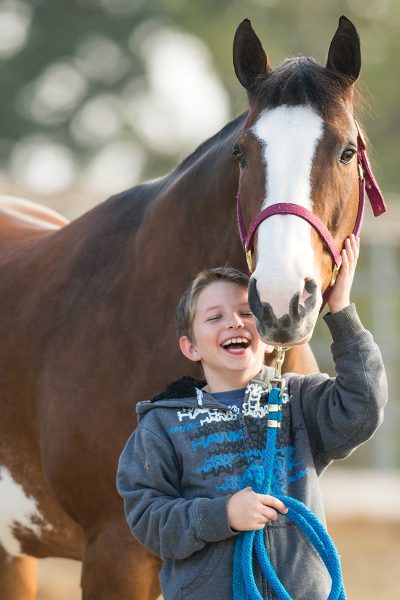
Why We Love Paint Horses
And we do mean love—Paints are one of the most popular breeds in the United States, as evidenced by the 40,000 to 50,000 foals registered with the American Paint Horse Association (APHA) each year. The APHA has registered over 1.1 million horses since it was founded in 1962—pretty impressive in just 60 years!
But there’s even more to those gorgeous coat patterns than meets the eye. The patterns of white markings are generally divided into three groups:
◆ Tobiano: Faces tend to be minimally marked; stockings and body markings with white crossing the topline are common.
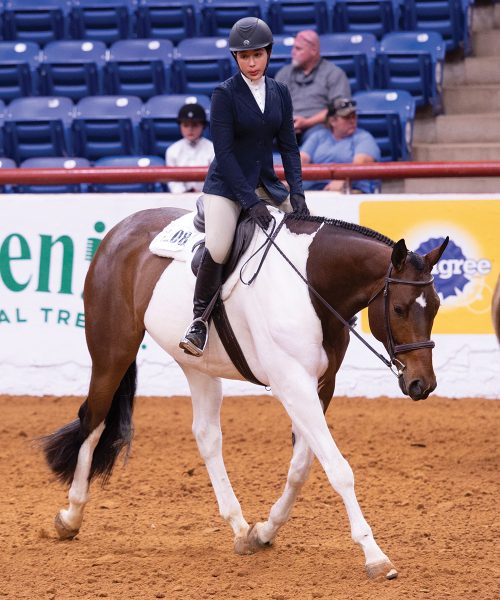
◆ Overo: More extensive face markings are common and white body markings are “framed” by colored areas.
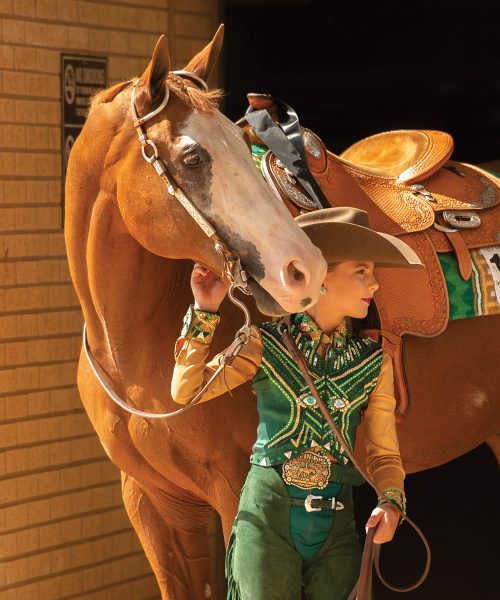
◆ Tovero: A combination of both patterns. The overo term encompasses a number of white spotting patterns that include frame overo, sabino and splashed white.
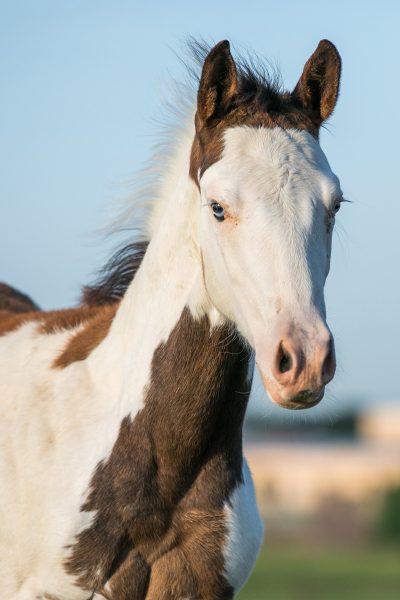
When it comes to registration in the APHA, eligibility is based on the breeds of the parents (they must be registered with the APHA, the American Quarter Horse Association, or the Jockey Club), with a preference for white markings that meet certain requirements.
Sometimes two Paints will produce a foal that doesn’t exhibit the white markings required for regular registration, but the foal can be registered in the Solid Paint-Bred Registry (formerly known as Breeding Stock). Some otherwise solid-but-Paint-bred foals can earn Regular Registry status based on presence of Paint traits and pattern genetics, or through other means.
Beauty, Brains, and More
As one of the finest stock-type breeds, American Paint Horses are often associated with western disciplines, but they do so much more than western pleasure and reining. You’ll find Paints competing and excelling in everything from driving and dressage to lead line and hunters.
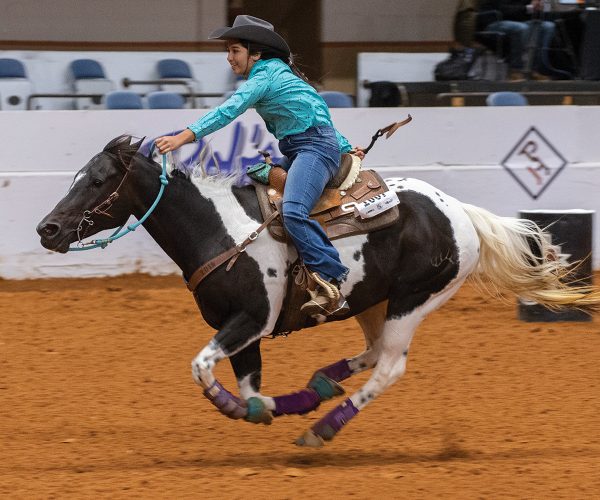
The Paint’s kind and gentle disposition makes it a delightful family horse, and its intelligence and trainability only adds to its many charms.
Best of all, the APHA offers a wide variety of programs for youth members via the American Junior Paint Horse Association (AjPHA). Youth members can participate for Youth Member of the Year, Youth Club of the Year, and for the From the Heart Award, which recognizes clubs that make a difference in their community.
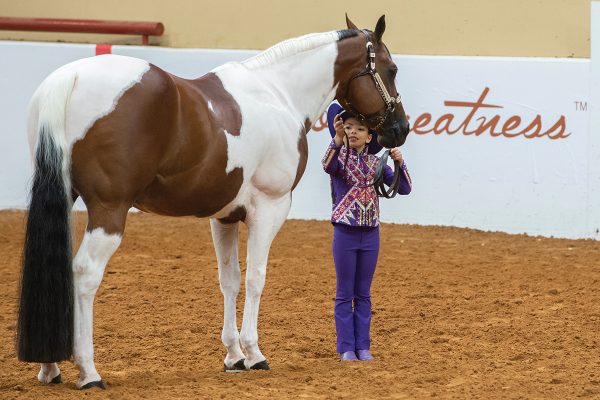
For youth members with an interest in working with adults on APHA committees, the Game Changer program allows AjPHA national directors to work on advisory committees and attend meetings and conference calls.
Or, if you’re looking for a scholarship, the American Paint Horse Foundation awards over fifty $1,000 academic scholarships each year to youth members, along with more than $125,000 in scholarships annually at the APHA World Championship Show. They’ve awarded more than $800,000 in scholarships since the scholarship program began!
Everybody likes prizes and recognition, and the APHA Youth Futurity Project is the place to earn both. You don’t even have to have a Paint Horse in order to participate. The focus is on raising and training your own horse (with guidance from adults) and then competing in specific classes at the APHA World Championship Show.
Are you ready to join the world of Paint Horses? Great experiences and memories await!
Fast Facts About Paint Horses
◆ American Paint Horses range in size from 14 to over 16 hands.
◆ American Paint Horses are recognized in 16 base colors, including black, chestnut, brown, cremello, bay, palomino, bay roan, red dun, blue roan, red roan, buckskin, sorrel, dun, gray, grullo and perlino.
◆ With their iconic good looks and widespread popularity, it’s no surprise that Paint Horses have had starring roles in movies and television. Rain from Spirit, Stallion of the Cimarron, is a Paint Horse mare; Little Joe Cartwright on Bonanza rode a Paint Horse named Cochise; and the Disney movie Hidalgo featured several registered Paint Horses.
◆ Don’t be confused—Paint Horses and pintos are not the same. The general term “pinto” is a horse of any breeding as long as they exhibit patterns of white markings, but there is also an official Pinto Horse Association that registers horses of many breeds. You can look at it like this: Paint Horses are pintos, but not all pinto horses are Paints.
◆ You can find an incredible amount of educational material, reference PDFs, and youth program information on the APHA website, www.apha.com.
This article appeared in the March/April 2023 issue of Young Rider magazine. Click here to subscribe!


